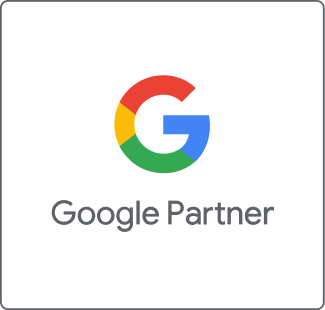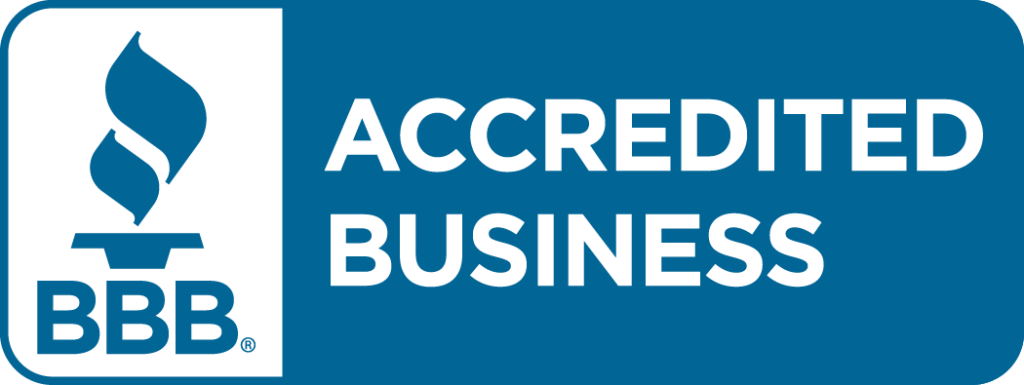You’ve finally convinced yourself or your boss that content marketing is where it’s at. But you’re not seeing the results for which you hoped.
Why?
What went wrong?
All the blogs made it seem so simple and easy to generate revenue through content. Why aren’t you experiencing the success you imagined?
You can break down underperforming content into two main issues.
1. Nobody read/viewed your content.
2. Those that did, failed to take any action.
Let’s break down some possible reasons why nobody looked at your content.
[hr style=”3″ margin=”40px 0px 40px 0px”]
Why has your content failed to garner views?
1. Bad Promotion
You’ve finally created the perfect piece of content that will change the game. And what do you do? You put it on some forgotten page of your website where nobody can find it. Don’t let your content go to waste. Use paid promotion through Facebook. Share it in LinkedIn groups. Place CTAs to download your content on the homepage of your website.
2. Too Difficult to Access
Don’t make your audience jump through hoops to access your content. Keep your forms as short as possible. In fact, ask yourself if it is absolutely necessary to form-gate your content. Refrain from multiple redirects. Get your audience to your content quickly.
3. Underwhelming Title
The title of your content functions much the same way as a subject line for an email. It determines whether a prospect is interested enough to click. Put a lot of thought into your title. Quick tip: Negative titles get more clicks.
4. Cliche Title
This may not be a thing yet, and I’m going with my gut here. Content marketing has been around for a while. There will come a point when people get used to the barrage of top 10, checklists, ultimate guide, and “you’ll never guess what number 5 is” type titles and stop reading them. I know it’s already happening to me within my own browsing.
5. Bad Targeting
It’s kind of obvious but worth mentioning. If your content is for a specific audience, make sure that content is reaching said audience. There are multiple ways to accomplish this. If you need some help, check out Randall-Reilly’s data products, RigDig Business Intelligence and EDA.
[hr style=”3″ margin=”40px 0px 40px 0px”]
Why has your content failed to generate any action?
1. Too Salesy
Most people don’t want to be sold. If your content is just sales material in content clothing, you’ve created a bad experience for your audience. They will probably bail out pretty quickly on your content, and more than likely, not take any sort of action afterwards.
2. Not Enough Authority
Don’t you hate reading generic content? Me too! Don’t create any! Outsourcing can be great, but it can also produce generic content. If you don’t demonstrate a deep knowledge of the subject, you destroy trust with your audience.
3. Didn’t Align to Pain Points
The ideal position for content is to address a pain point, highlight the struggle, and then provide a solution. If you skip the pain, your audience doesn’t have any reason to make a change. Not to get all cliche, but no pain, no gain.
4. Bad Design/Format
Not everyone wants to read a 10-page white paper when a 3-minute video will do. And if a white paper is the format of choice, use images and graphics to help explain your topic. Don’t get stuck in the rut of paragraph after paragraph. Tell the story in the most compelling format possible.
5. No Way to Take Action
Once again, this seems obvious. If you want your audience to take action after viewing your content, tell them what you want them to do. Lay out the path before them. Use CTAs and trackable phone numbers. Ask them to book a demo, talk to a professional, request more info, or continue their research. Don’t let the conversation die.
[hr style=”3″ margin=”40px 0px 40px 0px”]
Need help with your content marketing?
What are you experiencing? Is nobody reading your content? If they do read it, are they ever heard from again? One of the above reasons could be the culprit. If you’re going to be successful at content marketing, people have to read your content and find it compelling enough to take action.
[acf field=”cta_10″ post_id=”option”]



